Amstrad Plc
Background
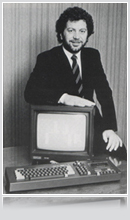
Amstrad is a UK based electronics company which was founded in 1968 by Sir Alan Sugar, the company name is an abreviation of Alan Michael Sugar Trading.
Since the early 1990s the company began to concentrate less on computer hardware and more on Communication, they purchased several businesses including Betacom and Viglen Computers.
Over the years Amstrad have produced serveral electronic appliances including audio/video and was a major part of the launch of Sky as at that time it was the only company producing (and still producing) the digital boxes and dishes for recieving the service.
In 2000 Amstrad combined email and telephone services with the launch of its eMailer which was followed by the eMailer plus and most recently the 3rd generation E3 videophone which (like the eMailer ranger) allows you to send emails, pictures, browse the internet, play a range of ZX Spectrum emulated games (strange that they are not the CPC versions) as well as make video calls.
The 1980s
To capture the market from Sinclair and Commodore, the company began production of its own range of personal computers, the Amstrad CPC (Colour Personal Computer) in 1984. The CPC 464 was launched in the UK, France, Australia and Germany and came with either a Green Screen (aimed more at business) or a slightly more expensive colour screen (aimed at the home / gaming market).
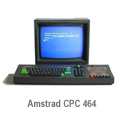


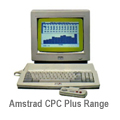

The CPC 464 was followed by the 664 which disposed of the built-in cassette recorder for storage and moved to the much more reliable floppy disk drive, later the 6128, 6128 plus and 464 plus which had all been updated both cosmeticaly and technicaly.
The Amstrad PCW was introduced in 1985 as a business orientated machine built for word processing and running the CP/M operating system along with LocoScript. The software which came bundled with the various ranges of the Amstrad CPC was written by the in-house development team Amsoft who also manufactured various consumables (floppy disks etc).
A common question among the retrogaming community is "why does the Amstrad name appear on the ZX Sinclair Spectrum?" and the answer is quite simple, in 1987 Amstrad announced that they had purchased Sinclair Research for £5 million. Amstrad then released 3 new ZX Spectrum home computers, the +2 (based on the 128KB ZX Spectrum+ but with an added cassette recorder) the +3 (which had a built in floppy disk drive and new motherboard) and the +2A/+2B which took the +3 components and placed them in a +2 case with a built-in cassette recorder.
Perhaps not surprisingly, the company was later very successful (capturing more than 25% of the EU market) at producing affordable MS-DOS and early Windows based machines at around £399 in 1986 (the PC-1512) and later released a word-processing exclusive machine for £499 (the PCW-8512). In 1988 Amstrad released PPC 512/640 running at a staggering 8Mhz on MS-DOS/GEM with a CGA video card which allowed 16 colour graphics.
The 1990s

One of the best known (to the community) and perhaps less known (to the PlayStation era) failed consoles from the 1990s is the Amstrad GX4000. The machine was essentialy a mirror of what Commodore had done with the C64 GS, a cut-down cartridge based version of the popular home computer built for the gaming era. Why did it fail? well the hardware just wasn't up to scratch with other consoles that were being released at the same time and the price wasn't even any better. The GX4000 was an 8-bit console while the Sega Mega Drive (Genesis to our American readers) and the Super Nintendo Entertainment System (Famicom) were both 16-bit machines, obviously the graphics couldn't hold-up and the support from software development teams quickly fell apart.
Other computing failures include the PDA known as "PenPad" which was released in 1993, it had major technical and usability difficulties as well as missing many features that the Newton (released by Apple) had included.
 Latest Game/Software
Latest Game/Software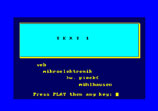

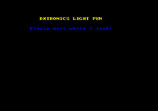
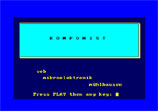
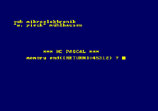
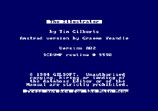
 Bored? Give this classic CPC game a try!
Bored? Give this classic CPC game a try!

 Highest / Least Rated
Highest / Least Rated Bookmark
Bookmark








 If you would like to help keep this website up and running in the future you can make a paypal donation of any size by clicking the button below. If you would like to help but do not wish to make a Paypal donation you may also submit cheats, artwork, game information etc via our forums.
If you would like to help keep this website up and running in the future you can make a paypal donation of any size by clicking the button below. If you would like to help but do not wish to make a Paypal donation you may also submit cheats, artwork, game information etc via our forums.